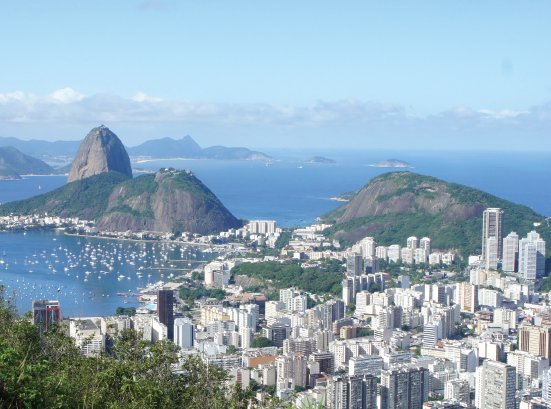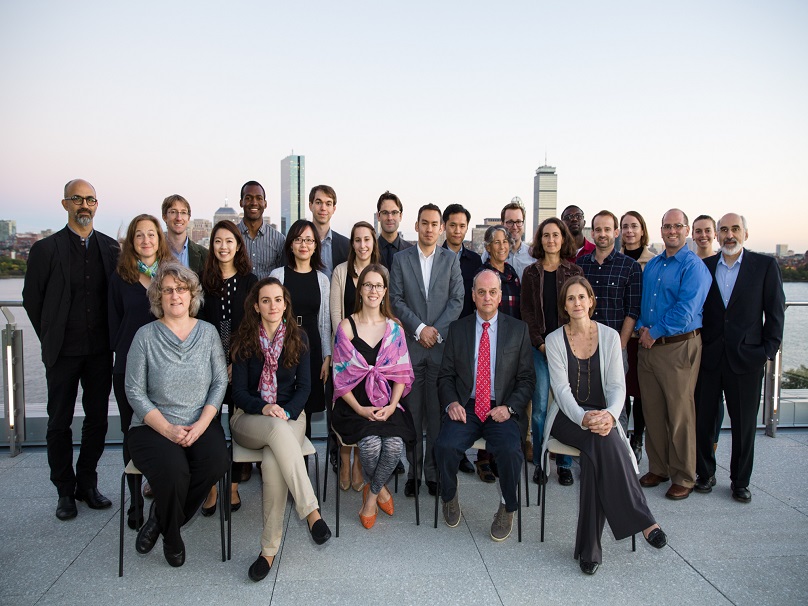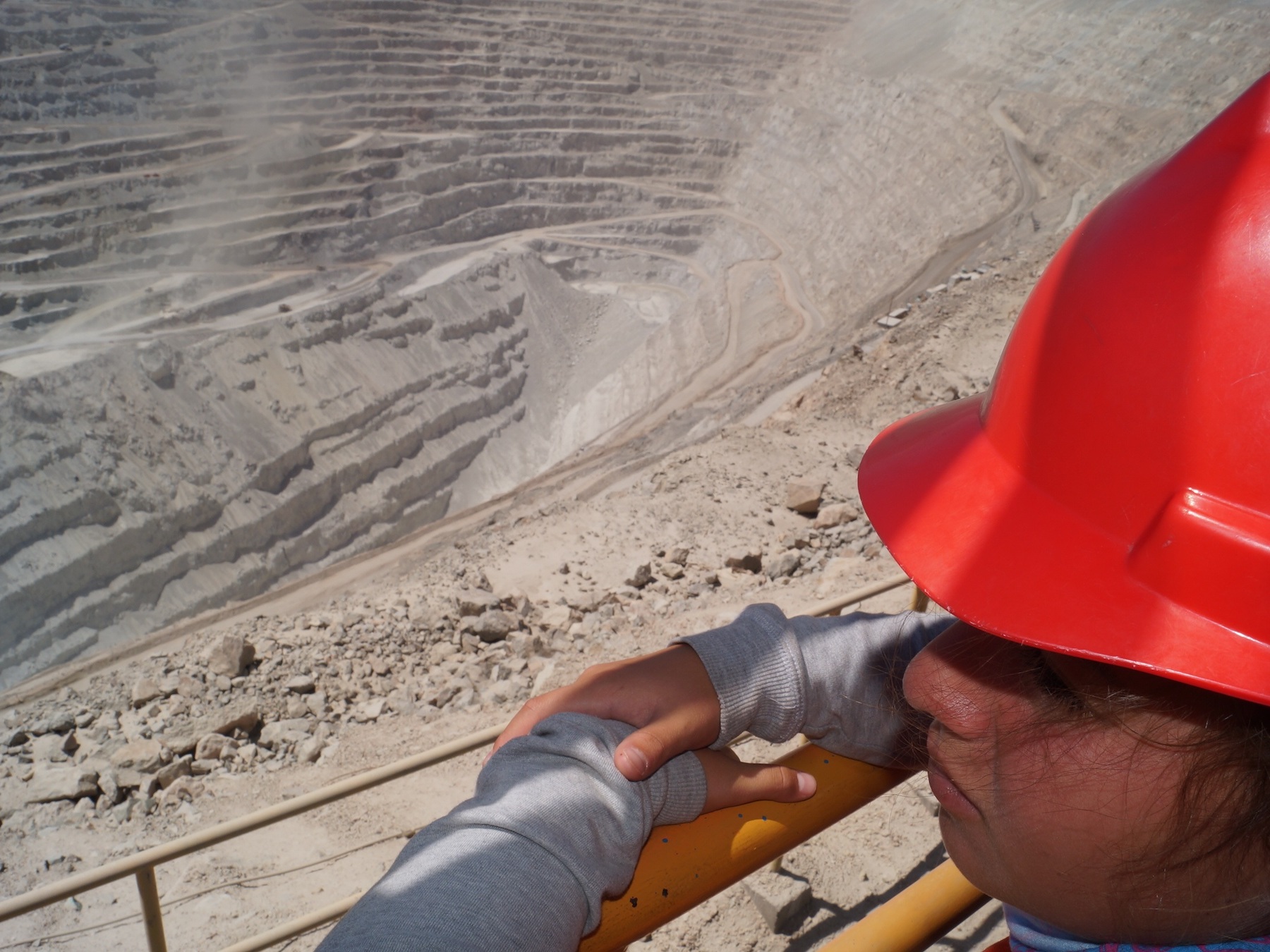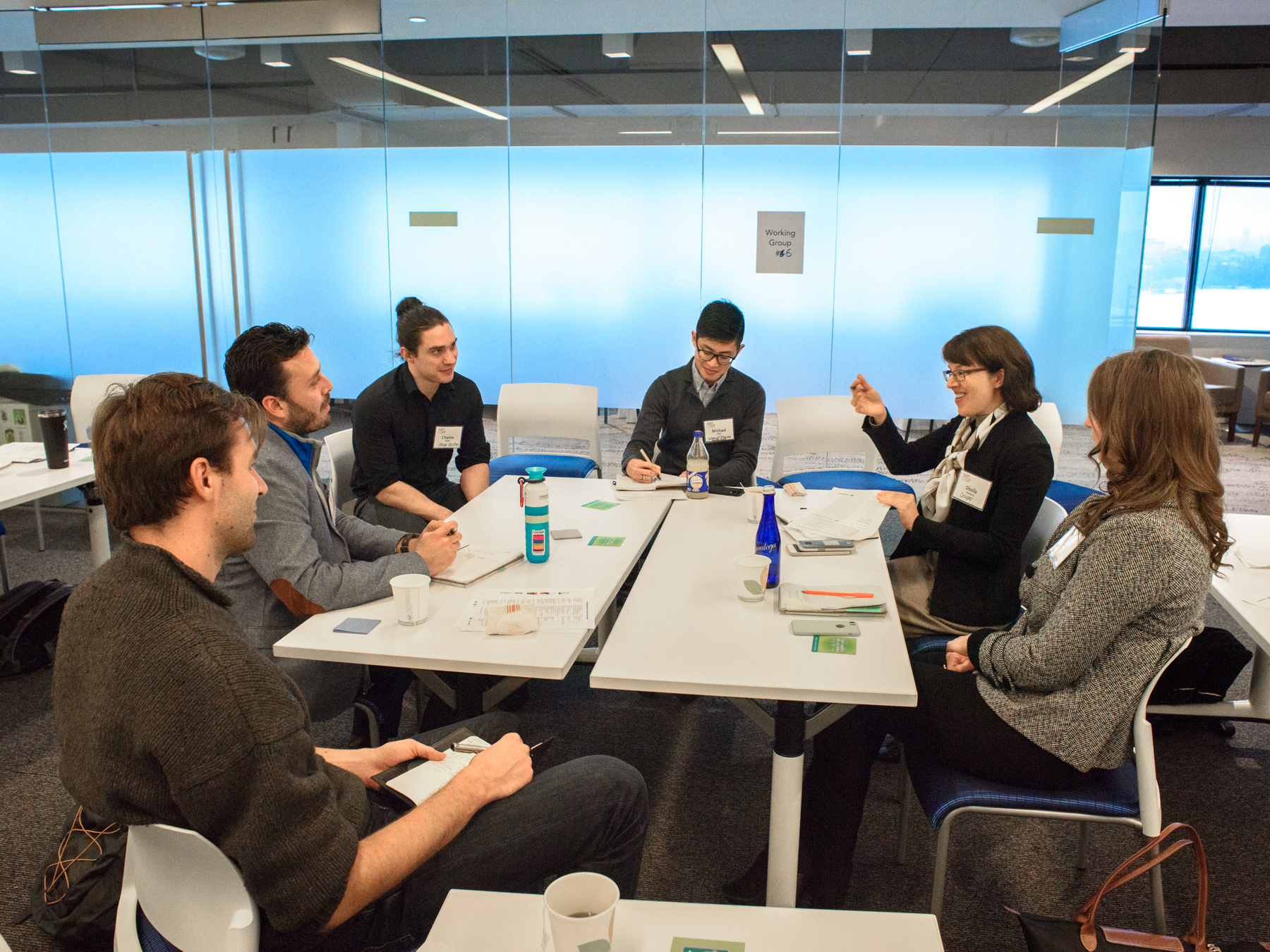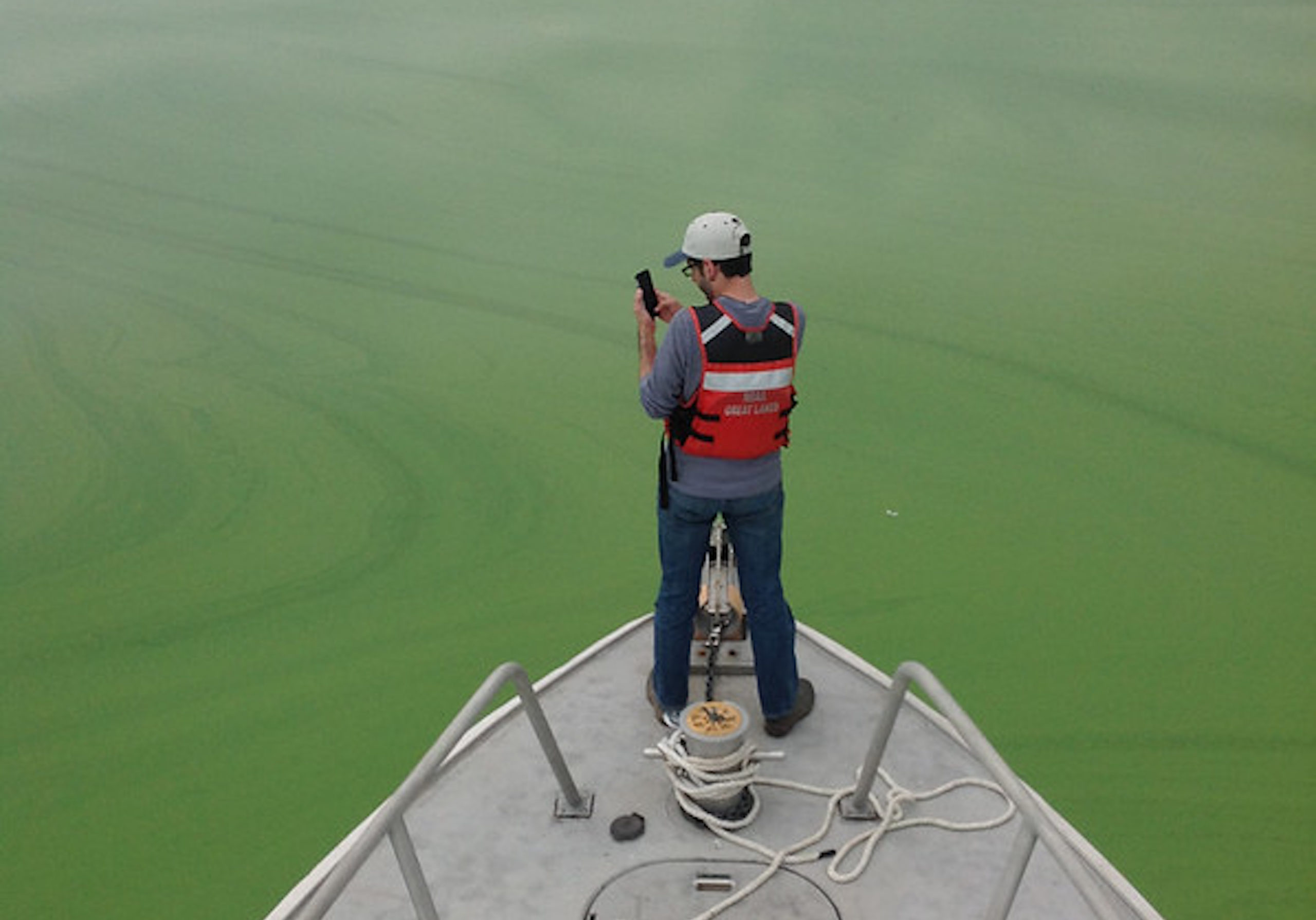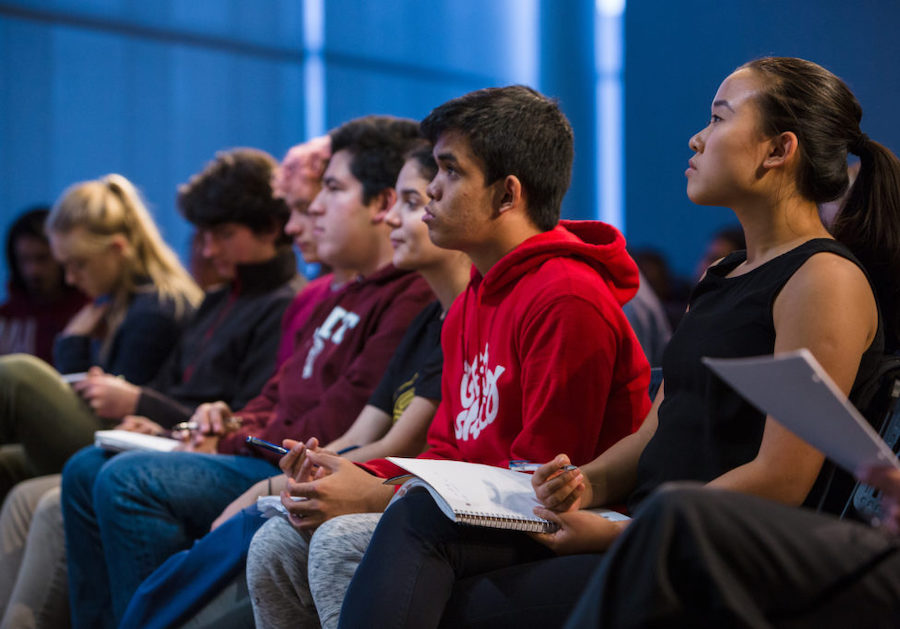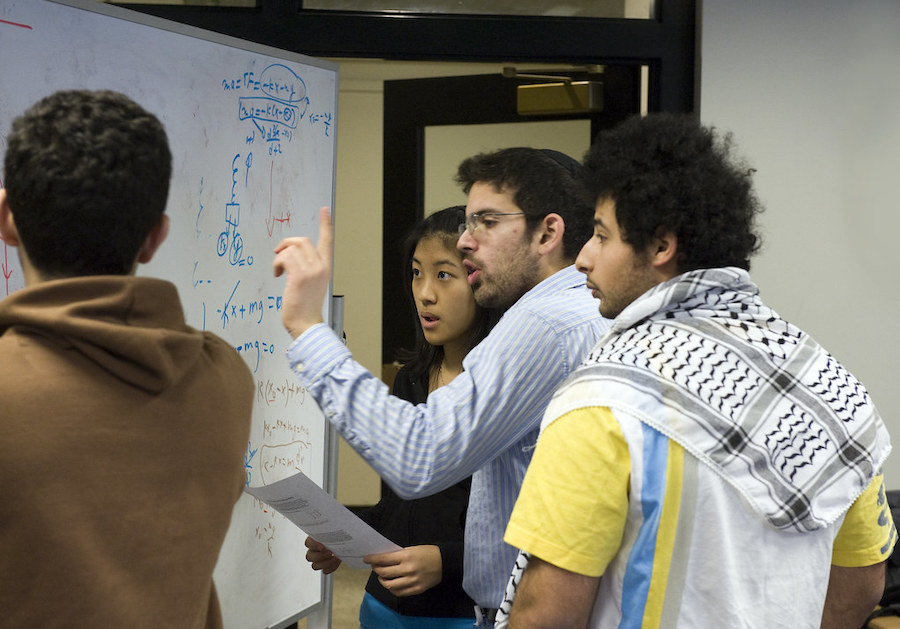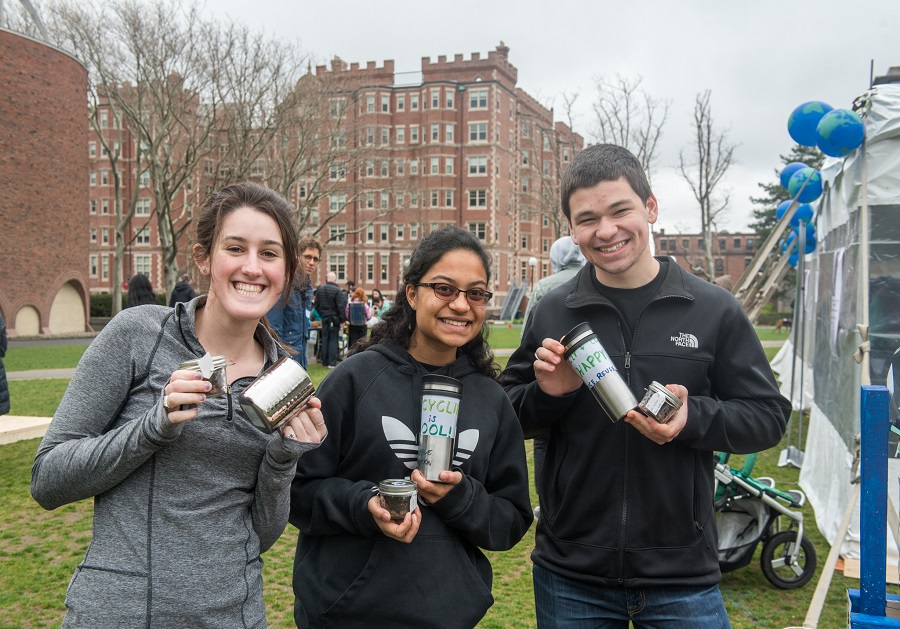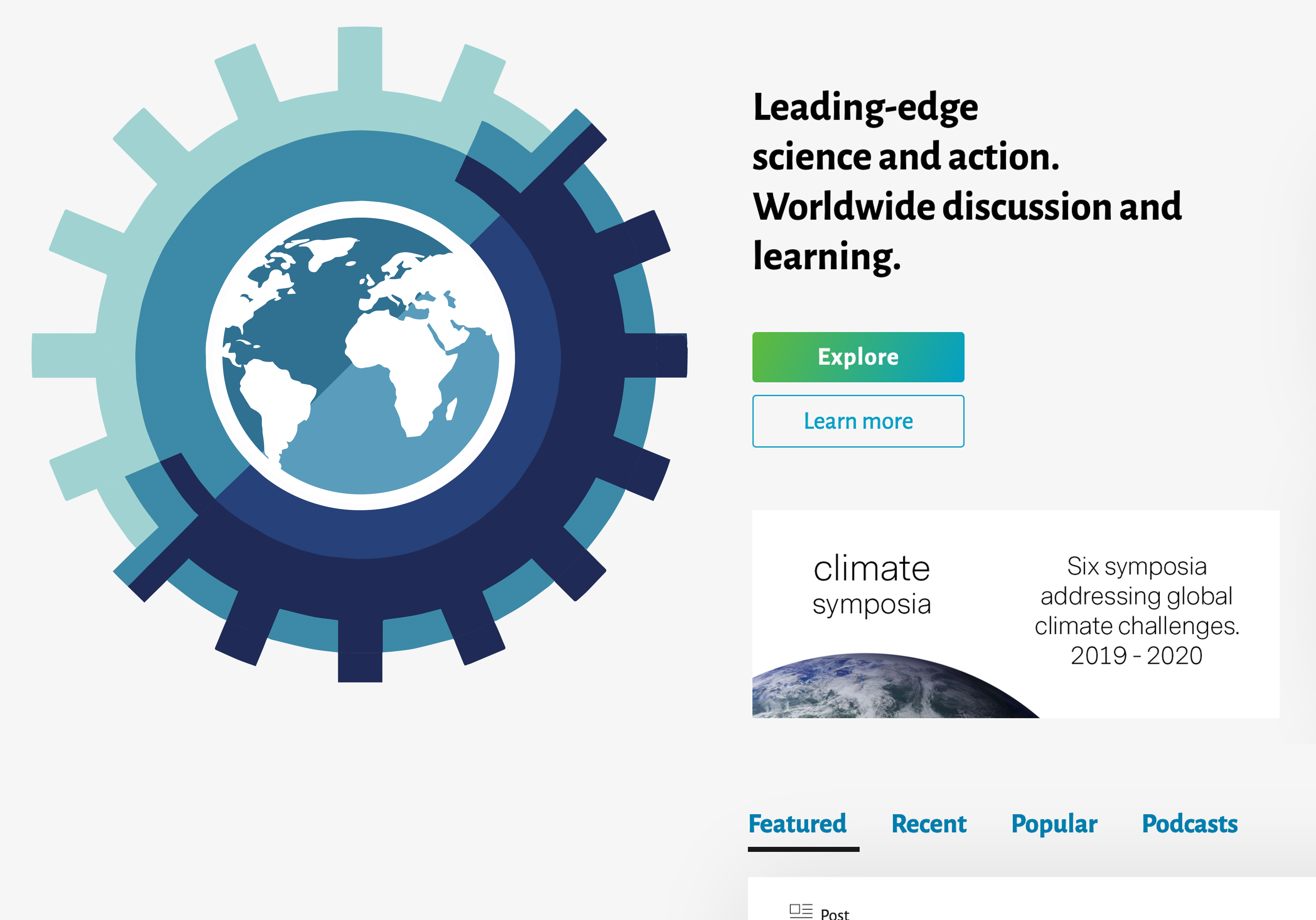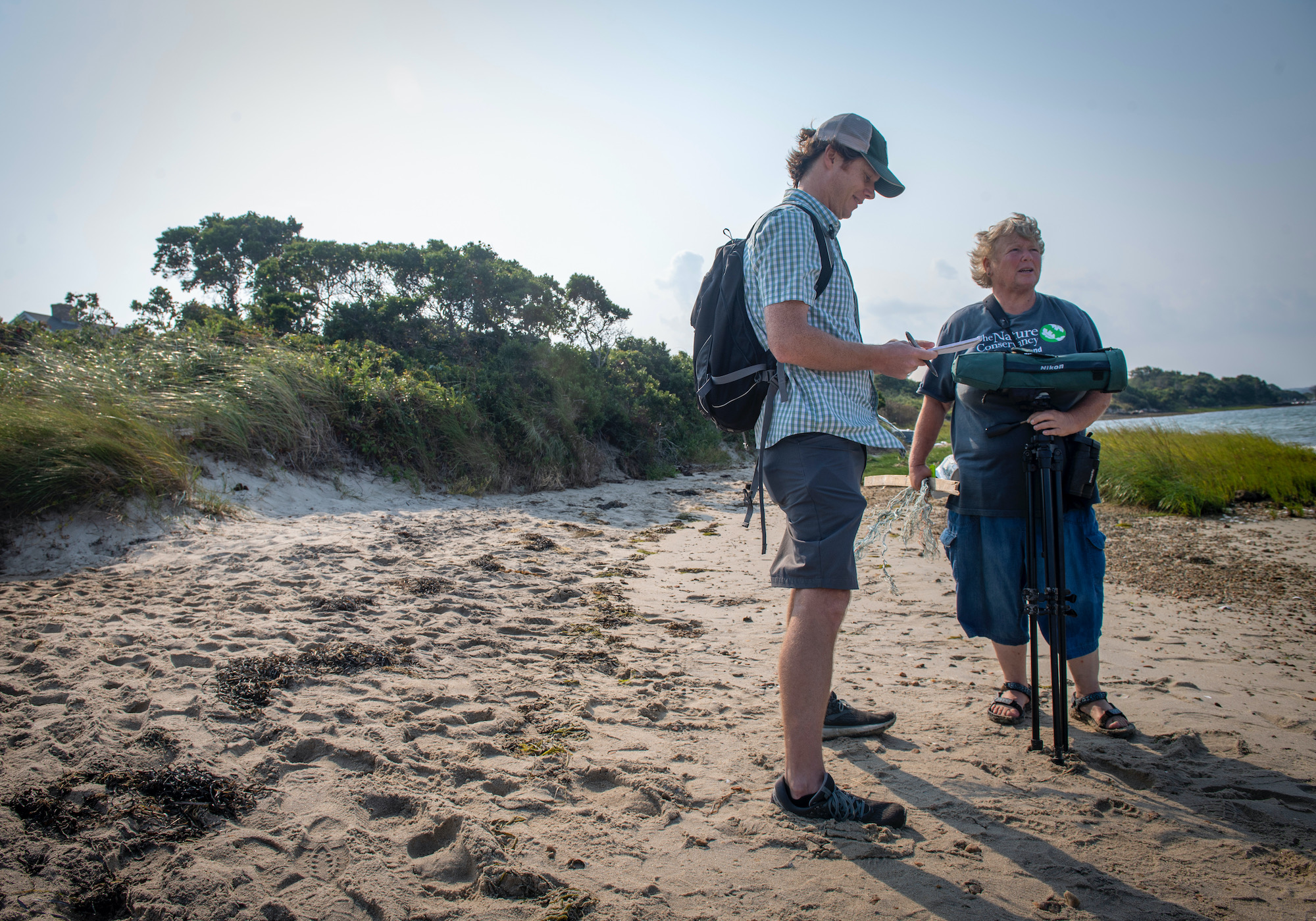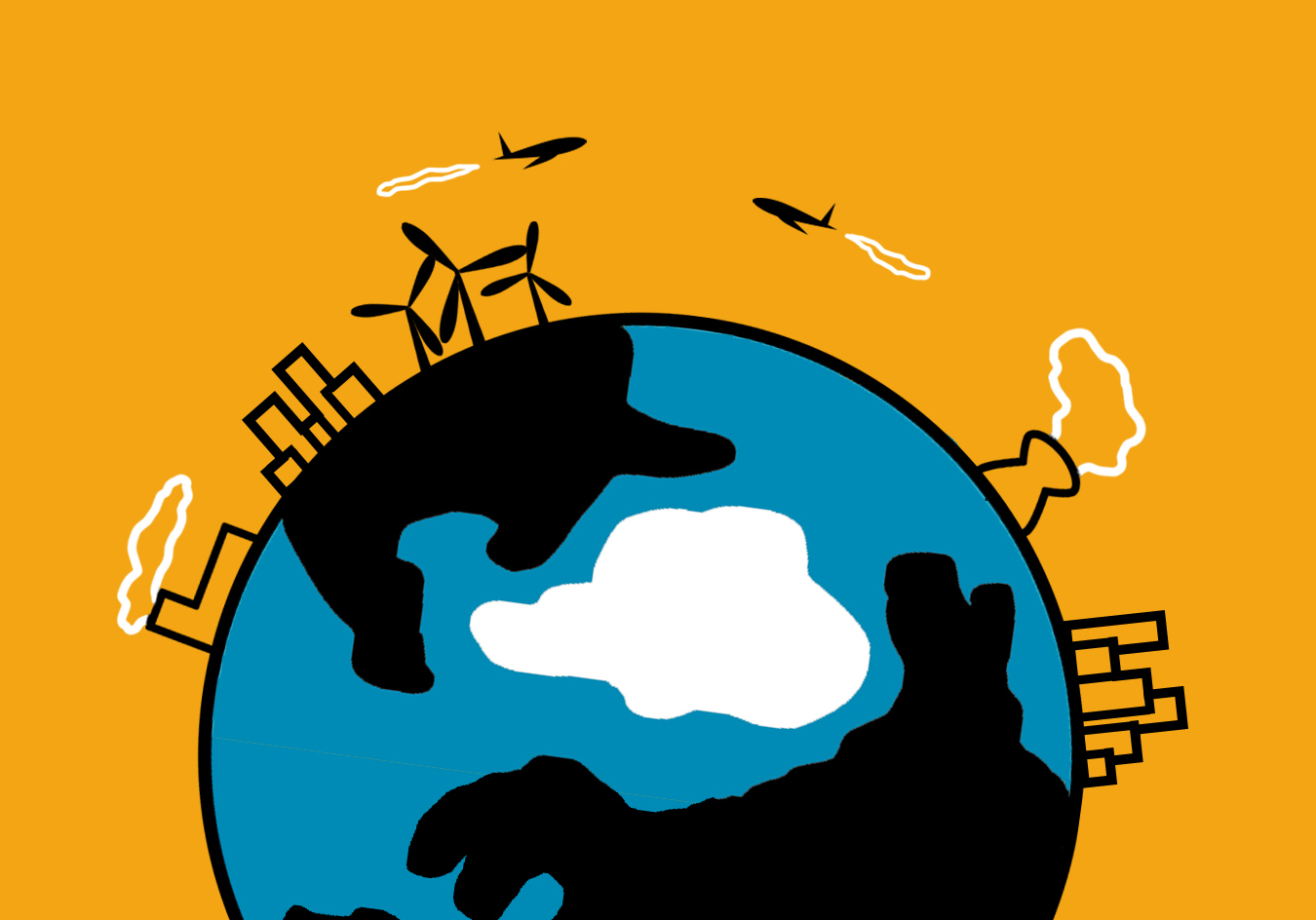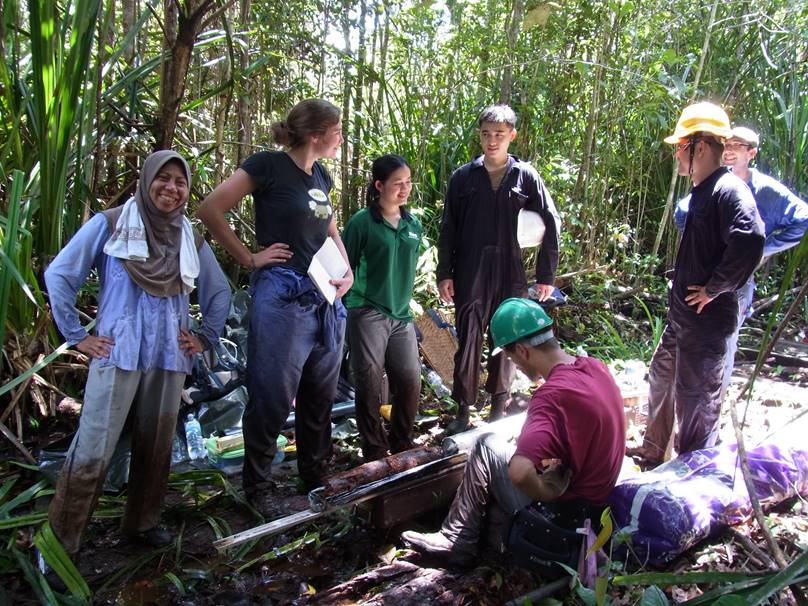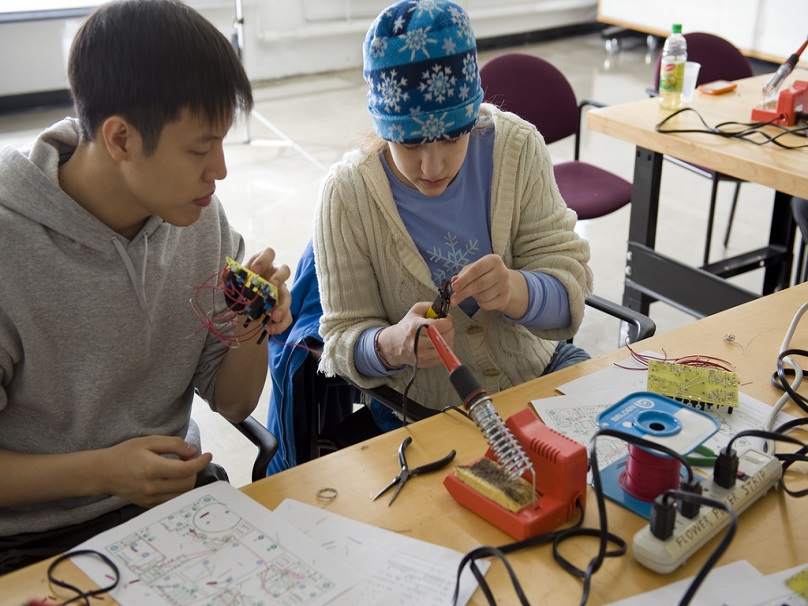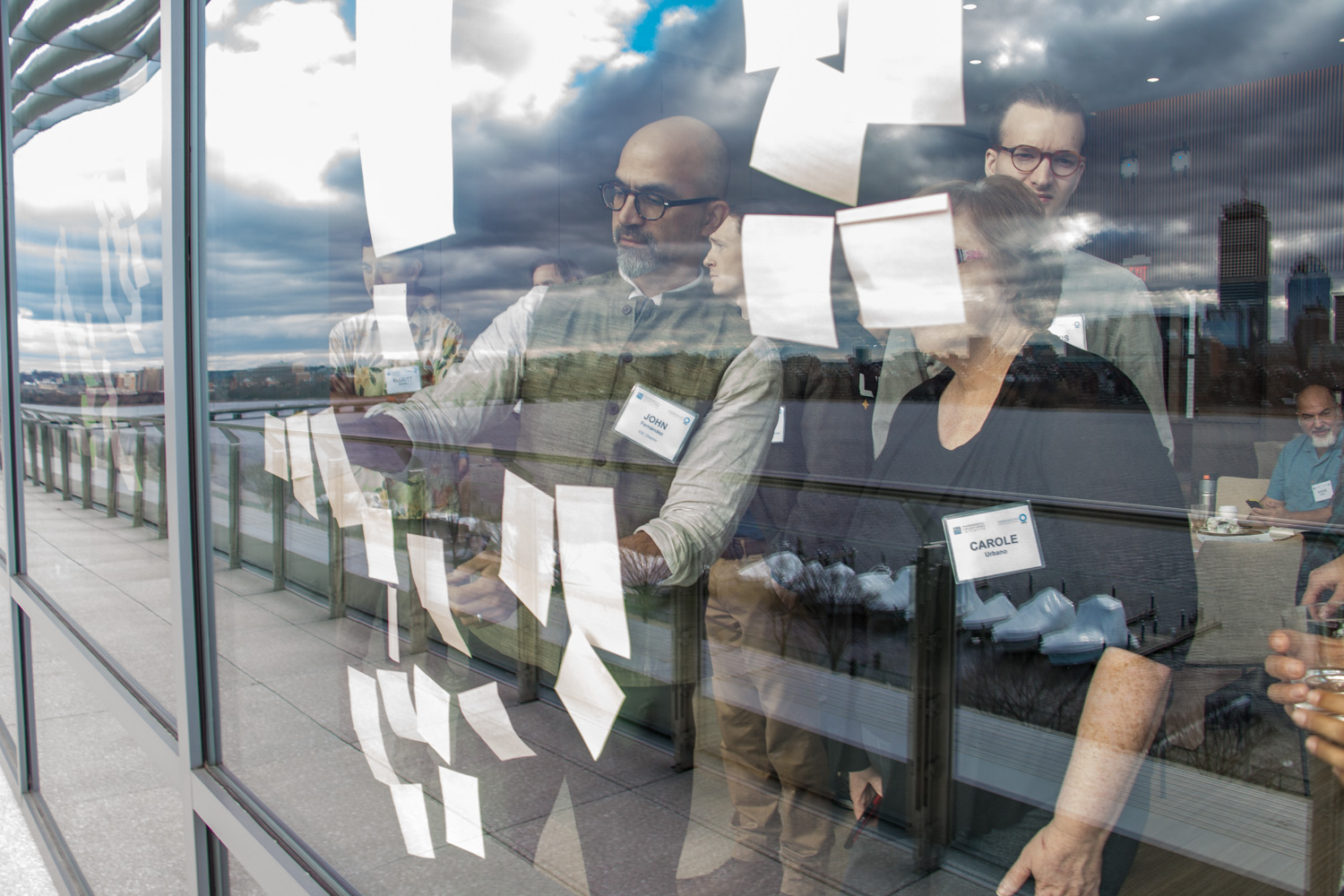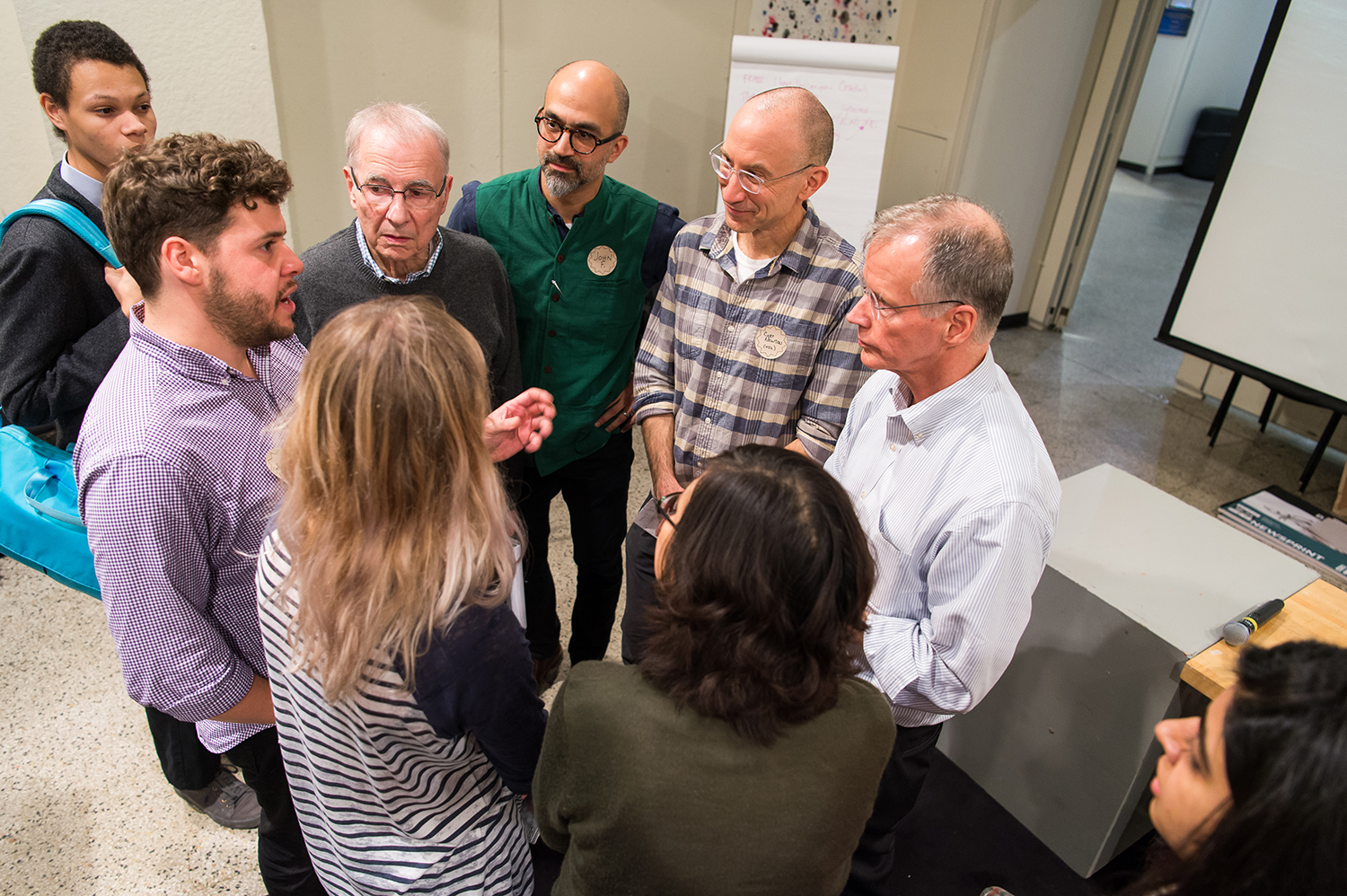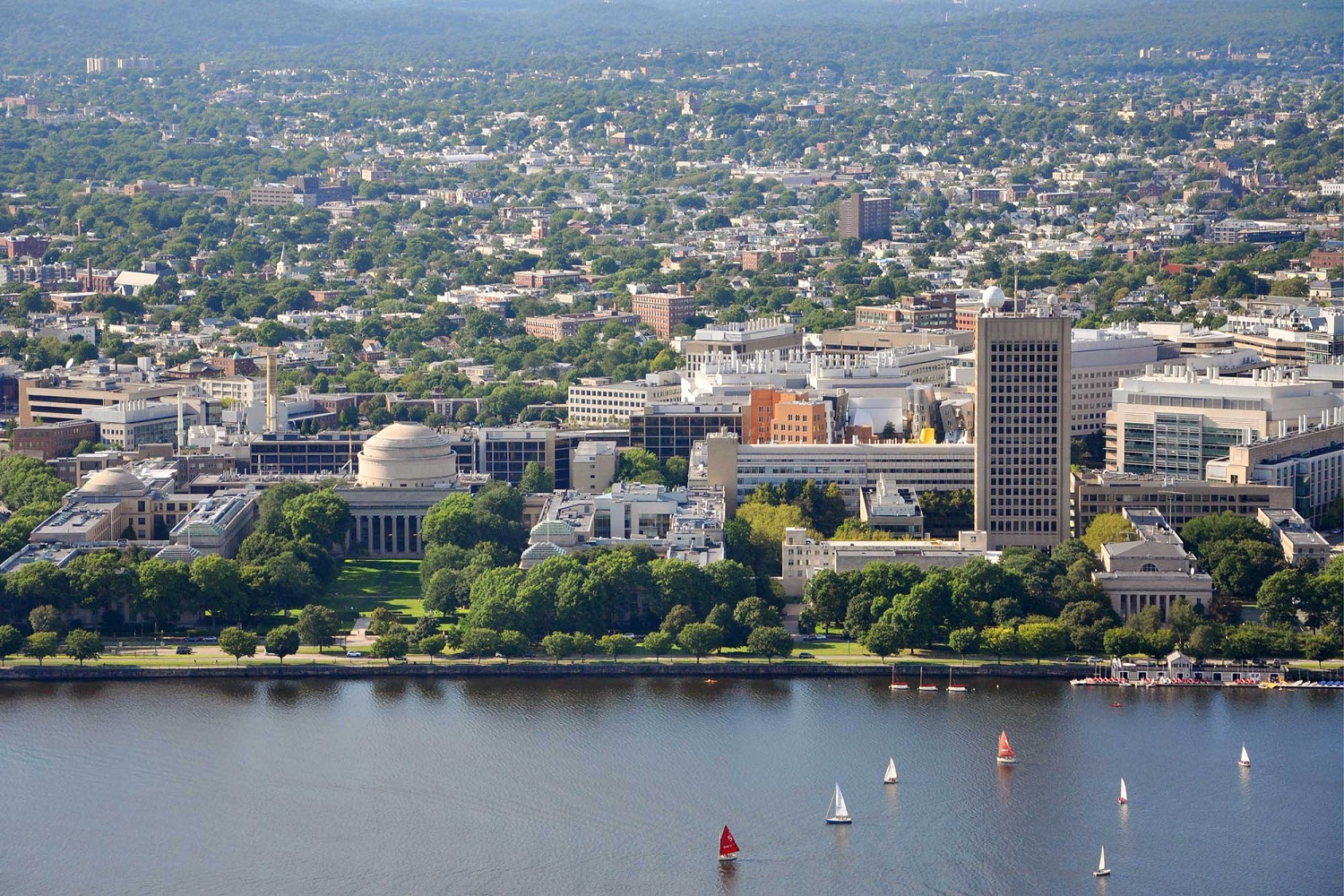Menu
ESI Stories
Designing a sustainability experience for music festivals with emerging technology
Ziyuan “Zoey” Zhu ’22 worked with ESI’s MIT Climate Machine to design augmented reality experiences that encourage music festival fans to reflect on their environmental impact
March 3, 2023
In November 2021, Ziyuan “Zoey” Zhu attended an event at MIT hosted by ESI, the MIT Media Lab, and the Involved Group, a collection of electronic music record labels. The event, “Artists and Scientists Together on Climate Solutions,” asked how the music industry can both improve its own sustainability, and be a force for environmental change among the large and tight-knit communities of devoted music fans.
After the event, Zhu introduced herself to Anna Johnson, the Involved Group’s Sustainability and Environment Officer, who connected her to Norhan Bayomi, a postdoctoral associate at ESI who also produces dance music with Involved Group label Anjunabeats under the stage name Nourey. At the time, Zhu was an MIT master’s student in architecture studies and computer science. She had already been thinking about how emerging technology could draw people to engage with sustainability questions; most recently, she had done research for the MIT Office of Sustainability probing students on their understanding of the circular economy on campus.

Ziyuan “Zoey” Zhu ’22, software designer at IDEO and MIT master’s graduate in architecture studies and computer science
“And Anjunabeats was thinking about the same things, how to make sustainability more calculatable and interactive in their events,” Zhu says. “So Norhan asked, why don’t we propose an event with Anjunabeats, so we can get creative with people’s interaction with climate issues?”
This, as it turned out, would be the first on-the-ground project of the MIT Climate Machine, an ESI program uniting climate knowledge with arts and culture. Anjunabeats agreed to collaborate on an interactive experience at one of their biggest upcoming summer festivals, the Group Therapy Weekender in Washington State. Zhu was brought into the small team that would develop the project.
More than a survey
The Climate Machine’s first project had a narrow focus: the environmental impact of the Weekender festival itself. “We wanted to know how people understand different aspects of music events in terms of sustainability,” says Zhu. “And also, how music fans see their personal impact on climate change at live events. From the perspectives of waste, carbon emissions, and energy consumption.”

Festival goers at the Group Therapy Weekender Festival in Washington interact with the MIT Climate Machine’s AR installation
Sara Wilson, a PhD candidate in the MIT Department of Mechanical Engineering with an interest in behavioral science, wrote a survey to gauge concert goers’ understanding of these issues. But the team felt much more was needed to get people excited to participate. Zhu, who had been working with augmented reality (AR) programs that combine real physical spaces with digital interactions, got to work on constructing a larger AR story to surround the quiz.
The resulting installation took the form of abstract art pieces that festival fans could walk through, unlocking new aspects of the festival’s sustainability story on their phones. “So one is about the site, about the biodiversity of the Gorge, because the festival was happening at the Gorge which is this beautiful venue near Seattle,” says Zhu. “And so we used information about the local diversity, and how might the music festival impact the local diversity. But also, how people can do something good that could compensate for this.” Other pieces in the sequence tackled topics like the festival’s energy use, the waste it generated, and transportation to and from the site.
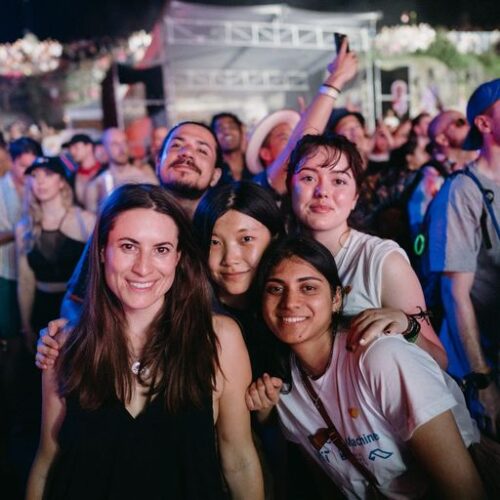
The MIT Climate Machine team at the Gorge: Adam Nacov (top L), Sara Wilson (top R), Supreetha Krishnan (bottom R), Zoey Zhu (center) and Anna Johnson of the Involved Group (bottom L)
Only after absorbing that context were participants asked how they think about their own impact. And their survey responses were used to create a collaborative art piece, as people were sorted into different climate identities based on their interests—an “energy hero,” an “emissions detective.” These identities became abstract collections of shapes and colors that were collectively projected into a new visualization, so visitors could take in the full scope of environmental perspectives present at the festival.
“We don’t want to use technology for the sake of technology,” says Zhu. “We were asking, how could we use the technology to create stories around climate change that can inspire people in their daily life?”
Taking the show on the road
After surveying users, the Climate Machine team and the Involved Group were encouraged enough to bring the experience to more festivals in London and Los Angeles over the course of 2022. At each new event, the technology was tweaked to make it more engaging and more useful outside the gates of the festival.
By the end of the year, participants were getting customized tips on how they can do more good for the climate based on their own concerns. They also received a digital avatar who would appear in AR installations and could be shared on social media. “We’ve kept making it more customized, more clickable, more interactive,” says Zhu. “Because for music events, fans have high expectations, and want to play with it.”
Climate Machine “avatars” at the Anjunabeats AGBT500 event in Los Angeles
Zhu has since graduated MIT, and is now a software designer at IDEO, a design innovation firm. But she’s kept in touch with the Climate Machine team, continuing to contribute to follow-on projects and bringing in additional tools like generative AI to tell customized climate change stories.
“We want to extend it,” she says. “Because we’ve found that climate change is something where you really need to communicate with people, and we want to use a more interactive way to tell the climate story and make things more actionable.”
